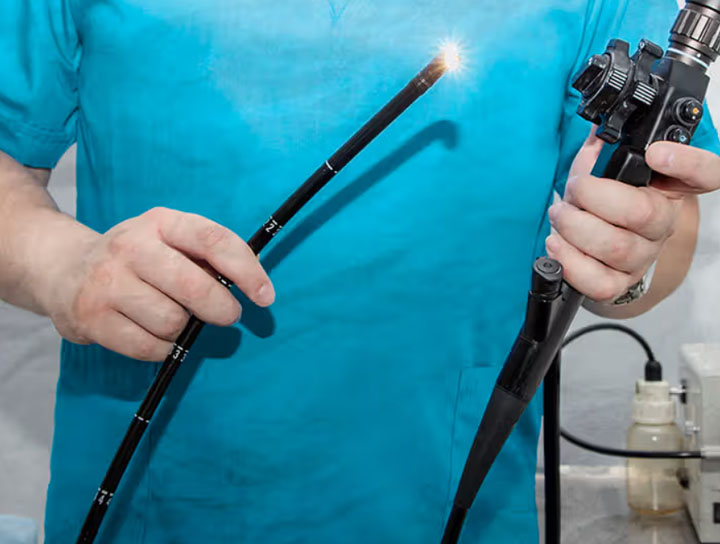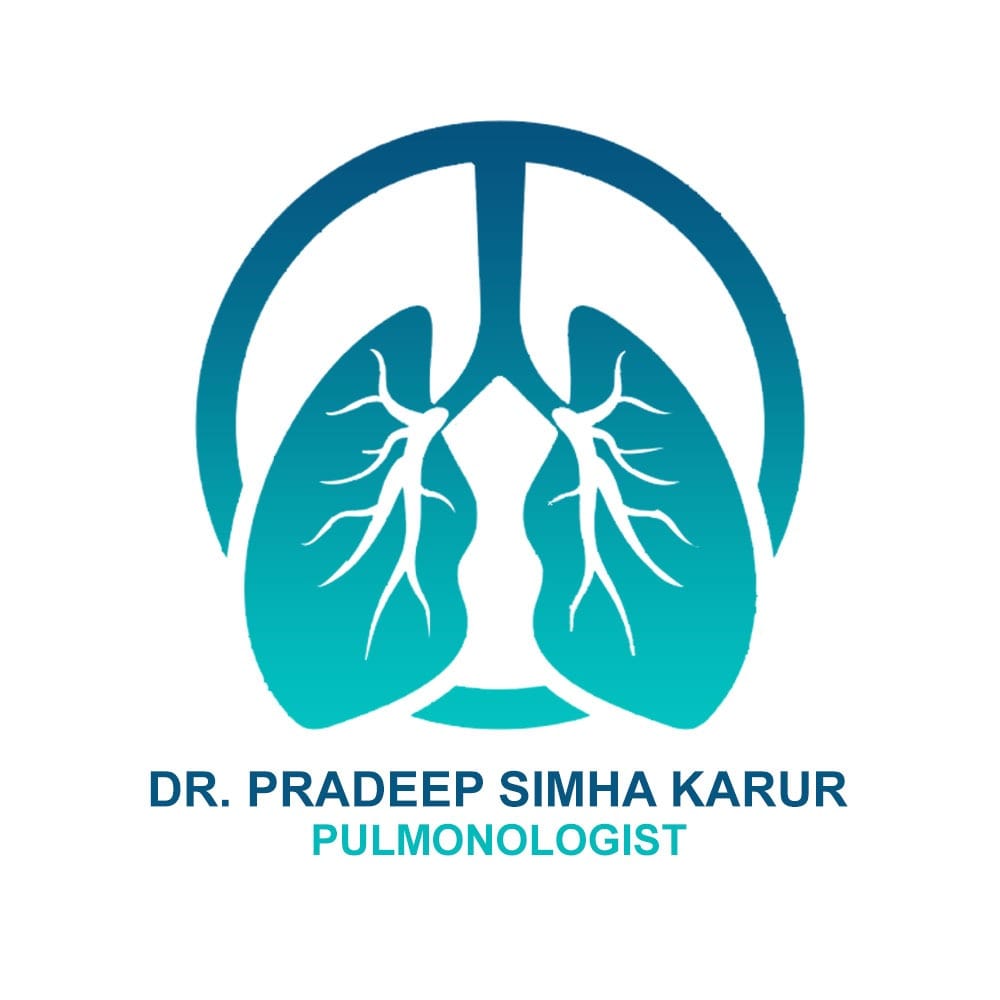Flexible Bronchoscopy

Bronchoscopy is a minimally invasive procedure to diagnose problems with your lungs or airways. Healthcare providers use a bronchoscope to look into your windpipe and lungs. They can also put small tools through the bronchoscope to take samples of tissue for testing.
What is a bronchoscopy?
Bronchoscopy is a minimally invasive procedure that lets your healthcare provider look inside your airways and lungs with a bronchoscope. A bronchoscope is a thin tube with a light and camera on it. It can help your provider diagnose, evaluate, and sometimes treat conditions that affect your lungs, trachea (windpipe), or throat.
Bronchoscopes can be either rigid or flexible:
- Flexible bronchoscope: A bendable tube used more often because it can be moved easily down your airway. It is used to keep your airway open, take a tissue sample (biopsy), or suction secretions.
- Rigid bronchoscope: A firm tube used when you have a large object stuck in your airway or when more difficult procedures — like putting in stents or treating tumors or bleeding — are needed.
What does a bronchoscopy diagnose?
A healthcare provider may recommend bronchoscopy to find the cause of lung problems you may be experiencing. Some of the most common reasons include:
- Diagnosing lung disease or other causes of symptoms like excessive coughing, coughing up blood, or shortness of breath.
- Following up after an X-ray or CT scan (computed tomography scan) showed possible signs of cancer.
- Assessing and removing blockages or treating narrowed areas in your airways.
- Determining causes of infection or inflammation in your lungs.
- Taking samples of mucus or tissue to send to a lab for analysis.
- Placing a stent (small tube) to keep your airway open.
Test Details
How do I prepare for bronchoscopy?
Your healthcare providers will give you specific instructions about how to prepare for a bronchoscopy. In general, you’ll need to fast (not eat or drink) for a certain amount of time before the procedure. You may also have to stop taking certain medications like blood thinners or diabetes medication. Be sure to tell your provider about any medications, herbs, or vitamins you take.
Your healthcare provider will give you a sedative for the procedure. You should plan on having someone available to drive you home afterward.
Do you need a CT scan before a bronchoscopy?
Unless you’re in an emergency situation, your healthcare provider will likely order a CT scan before a bronchoscopy. A CT scan of your lungs can help your provider evaluate lung diseases and conditions like cancer or lung damage from smoking to help decide if a bronchoscopy is needed.
